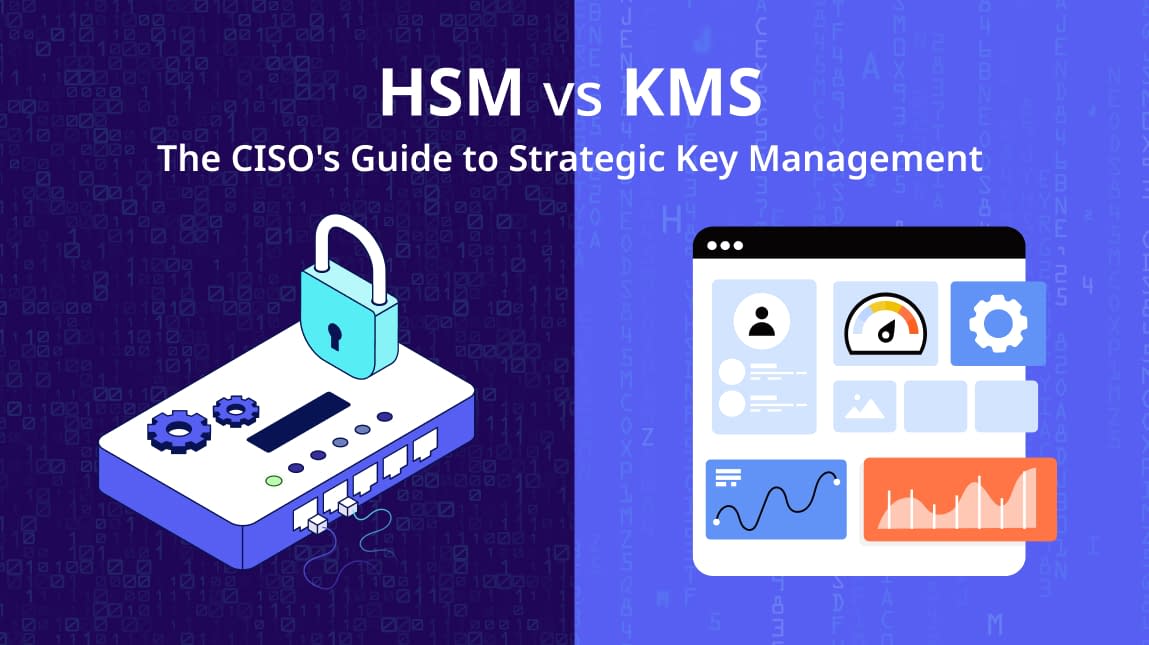Managing test data in on-prem environments can feel like an uphill battle. As cloud adoption grows, many companies still depend on on-premise environments to handle sensitive, regulated data. This isn’t just a legacy decision—industries like finance, healthcare, and government face strict regulations that make on-prem environments necessary for maintaining security and compliance, especially when it comes to test data management.
For DevOps and security teams, the challenge is real: How do you keep test data secure and usable for development and testing without slowing down workflows or risking compliance violations?
In this article, we’ll dive into three major test data management challenges that organizations face in on-prem environments and explore how automation can provide practical solutions.
On prem Test Data Management in Regulated Industries
Certain industries continue to prioritize on-prem data environments due to the sensitive nature of the data they handle. Some examples include,
- Finance: Financial institutions deal with massive amounts of sensitive data like credit card details, banking records, and customer transaction histories. Regulations like PCI DSS demand that organizations have full control over their data, often requiring them to store it in on-prem environments. These companies must secure and manage their data to prevent breaches while complying with strict oversight.
- Healthcare: Hospitals and healthcare providers must follow HIPAA regulations, which often mandate that patient data stays within specific geographic locations. On-prem data storage provides the necessary control, ensuring that sensitive medical records are secure and accessible only by authorized personnel. For healthcare providers, ensuring data privacy while maintaining availability is key to staying compliant.
- Government: Government agencies, particularly those handling classified data, must protect this information within tightly controlled, on-prem environments. The stakes are high, as any unauthorized access could compromise national security. These agencies need to ensure that data remains secure while enabling necessary access for operational efficiency.
On-Prem vs. Cloud Test data Management Challenges
Managing test data in on-prem environments comes with significant infrastructure-related challenges:
- Limited Scaling: On-prem environments rely on physical hardware, meaning scaling requires purchasing and configuring more servers and storage. This process is slow and expensive, leading to bottlenecks when testing large data sets or during peak demand periods.
- Speed Bottlenecks: On-prem environments can experience slowdowns due to hardware limitations. Unlike the cloud, which can scale resources instantly, on-prem setups struggle with speed when processing large volumes of test data, delaying development and testing cycles.
- Costly Maintenance: Maintaining on-prem infrastructure involves regular upgrades, repairs, and software patches, further driving up costs and slowing down workflows.
ADM: Test Data Management Platform
On-prem test data management is not just about handling sensitive data but also about navigating the complexities of scaling, infrastructure, and compliance. ADM is built to address these unique demands, offering automated solutions that simplify key processes like data discovery, masking, and provisioning. By reducing the manual workload and improving data protection, ADM is designed to enable organizations to be speed up their CI/CD pipelines while, building a secure and agile DevOps process
With that in mind, let’s take a closer look at the specific challenges faced in on-prem environments and how ADM tackles each one.
5 On Prem Test Data Management Challenges and How ADM Tackles Them
1. Locating and Classifying Sensitive Data in On-Prem Environments
- The challenge: Sensitive data is often spread across multiple databases, file servers, and systems. Manually tracking this data can leave blind spots, leading to compliance risks or security breaches. Test data management begins with identifying and classifying sensitive information, like PII or PHI, that must be anonymized before moving out of secure environments. Managing data in on-premises environments can be particularly challenging due to the complexity of the infrastructure.
- The ADM Solution: ADM’s automated PII Data Discovery enables organizations to automatically discover and classify sensitive data across all databases based on internal policy and applicable regulatory standards. This helps reduce the risk of exposing sensitive data and ensures compliance with regulations like GDPR and HIPAA.
- How it helps with compliance: For example, a healthcare provider managing thousands of patient records can use automated discovery to ensure all PHI is correctly classified. This comprehensive view of where sensitive data resides helps meet HIPAA requirements and supports effective test data management.
2. On-Prem Data Masking Without Breaking Referential Integrity
- The challenge: In complex databases, especially those used by financial institutions, data integrity must be maintained during testing. Masking customer information can break relationships between records, which leads to inaccurate test results. This is especially true for on-prem environments where maintaining consistent data across multiple databases and physical servers is challenging.
- The ADM Solution: ADM’s advanced data masking features ensure that sensitive data is anonymized while preserving the relationships between records. ADM seamlessly and consistently masks data across all on-prem environments, ensuring enterprise-wide referential integrity in even the most complex environments. This provides you the confidence to conduct realistic testing without exposing sensitive information.
- How it improves test data accuracy: For a financial institution, developers can use masked data that retains relationships between customer profiles and transaction histories. This ensures that test data behaves like production data, allowing accurate testing without compromising security or compliance. Similarly, retail organizations can ensure that their customers are consistently masked in the same way every time.
3. Providing Realistic Data for DevOps Without Exposing PII
- The challenge: DevOps teams need realistic data for developing and refining applications. Using unmasked production data poses security risks, especially in industries with strict compliance requirements. In test data management, the challenge is to provide realistic test data without exposing sensitive information like PII. In on-prem environments that often lack the flexibility of the cloud, it is more difficult to balance the need for realistic data with the need for data protection. Configuring and provisioning access is just one obstacle to securely access and leverage your sensitive data.
- The ADM Solution: ADM’s smart masking generates near -real test data that mimics the behavior of production data without exposing sensitive information. This allows DevOps teams to work with secure test data that still reflects real-world conditions. ADM allows you to access realistic data with preserved data attributes with no risk of exposing your sensitive data. This means you don’t have to worry about complicated access controls and data provisioning that is inherent to on-prem environments.
- How it improves development efficiency: For example, a hospital developing a new patient management system can mask patient records while still providing realistic data for testing. This ensures the system functions as expected without exposing any PHI, maintaining both security and compliance.
4. Costs of Managing Test Data Infrastructure
- The challenge: On-prem TDM solutions require significant upfront investments in servers, storage, and networking hardware to handle test data. Ongoing costs, such as hardware upgrades and maintenance, further strain budgets, especially with large volumes of test data. Additionally, there are significant costs associated with ensuring security and compliance in on-prem environments, which often have fewer built-in security controls compared with cloud environments.
- The ADM Solution: ADM reduces the need for expensive security infrastructure in non-production environments by automatically detecting and anonymizing sensitive data, while keeping it functional for testing. This allows organizations to significantly lower the costs of securing sensitive data without compromising test data quality.
- How it reduces costs: For example, a financial institution can use ADM to automatically mask and provision test data without needing additional servers or IT staff, lowering hardware costs and freeing up resources for more strategic work.
5. Scaling Test Data Management for Large Datasets
- The challenge: As datasets grow in size, on-prem environments struggle to keep up with the demand for scalable test data management. Without the flexibility of the cloud, on-prem setups face difficulties in handling large datasets during testing, leading to delays and increased resource consumption.
- The ADM Solution: ADM scales with the needs of on-prem environments by efficiently managing large datasets for testing, ensuring that sensitive data is masked while still maintaining the integrity of the data. This ensures that test environments can scale without requiring significant manual intervention.
- How it reduces costs: With ADM’s automated data masking, the bank can now scale its test environments quickly and handle larger datasets without delays, speeding up the entire testing process.
Conclusion
Industries like finance, healthcare, and government, which rely on on-prem environments, face significant challenges when managing test data. You need to scale infrastructure, maintain testing speed, and secure sensitive data while meeting regulatory requirements like GDPR and HIPAA. Manual processes drive up costs, create inefficiencies, and increase the risk of non-compliance.
ADM empowers you to tackle these test data management challenges head-on by automating critical tasks like sensitive data discovery, masking, and compliance. You can reduce your reliance on costly hardware, streamline your workflows, and scale without sacrificing speed or security. With ADM, you’re equipped to handle growing data volumes while keeping sensitive data safe and compliant, allowing your team to focus on delivering results.












Comment